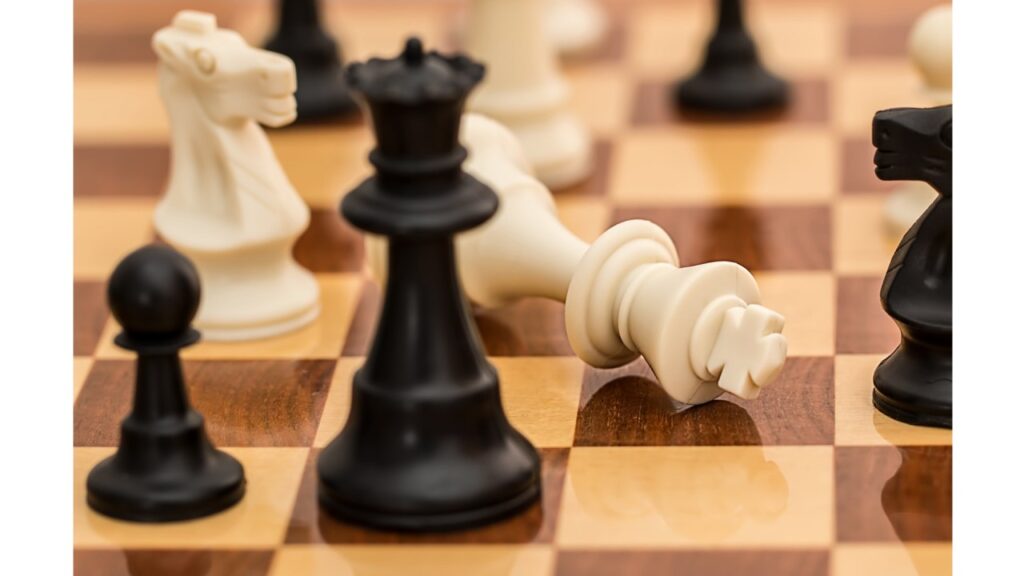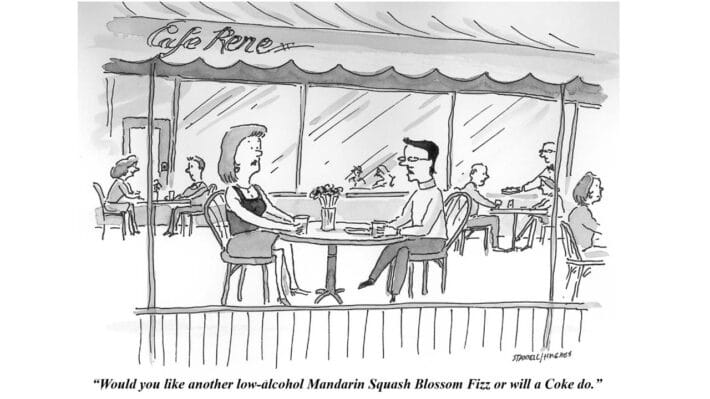Separating winners from losers in the wine industry

If you read Mike Veseth’s “Theories of the Global Wine Glut “in last week’s Wine Economist and his followup to that article this week or looked at a lot of the recent sales data, you know there’s a problem.
“The world is swimming wine”
As Veseth points out, “Wine consumption fell during the COVID-19 pandemic period, but we expected it to bounce back when the health crisis passed. It hasn’t and in fact, global consumption has fallen back recently to levels not seen since the early 2000s.” The most likely explanation is that younger consumers are different. Their values, behaviors and purchasing patterns don’t match those of their elders.
It’s easy to believe as many in the industry have suggested that Baby Boomers didn’t discover wine until their 30’s and 40’s so the same is likely to happen once younger consumers age a bit. Or that we’re still recovering from the pandemic and as soon as the economy rebounds, wine consumption will bounce back as well.
The truth is that we don’t really know the answer but we do know that the world is different today from what it was in 2017 when global wine consumption was near its 20-year peak
Choice, diversity and confusion are the biggest outgrowths of the past five years. The velocity of information has increased dramatically. The number of emails sent per day is estimated to be 361.6 billion, a 35% increase since 2017 and that is only increasing. Social media, cable and satellite TV add to the information pile. In just the food and beverage industry alone, thousands of products have been introduced with new categories for plant-based, sustainable and environmentally friendly. Add to this the anxiety caused by the pandemic, economic uncertainty and inflation, political extremes, war and rampant homelessness, and it’s easy to see that we’re in a very different world today.
So, what’s going to get younger consumers to drink more wine isn’t really known but there are ways to find out down to the individual, and in this environment, there are going to be winners and losers in every global market.
What defines them?
Winners:
- Recognize that they have to listen and learn from their customers;
- Know that relationships have more long-term value than transactions;
- Understand that technology is changing and that the old “batch and blast” approach to emailing is becoming extinct;
- See technology not just as a means to sell wine online but also to grow sales on- and off-premise.
Losers:
- Think that the younger generation will come around to seeing the value of drinking wine.
- Believe that consumption is cyclical and will simply return to the growth they’ve been used to halcyon days of the past;
- Think that their job is to make wine and the consumer’s job is to buy it;
- Believe more emails mean more sales, whether online or in-store.
I’m not pointing out anything different from what Rob McMillan has been saying in SVB Wine Industry reports over the past several years.
So what can you do about it?
You can’t do better than you’re doing now without gaining an understanding of what younger generations want and why they want it. That implies market research but that isn’t the answer because research findings that aren’t attributed to the individual are not actionable and subject to internal bias, which means you’re standing in place.
Recognize that technology has changed and it is enabling 1:1 marketing at scale
That means you can build digital consumer personas consisting of behaviors, interests, needs, and perceptions, emotions and motivations expressed in language. Then, you can create segments and provide content specific to their personas that helps build relationships. It’s tying individual consumer insights to individual consumer marketing, i.e. 1:1 marketing at scale.
That’s all marketing-speak but the bottom line is that a good marketing platform will digitally mimic what goes on in your tasting rooms. There, conversations with consumers enable you to learn, exchange information, sell to their interests, needs and perceptions and build a relationship. That pays off in building sales online and in both on- and off-premise. The real question is not what do younger consumers want. It’s what does every consumer want and how can you serve them. That’s a winning formula.
There are hundreds of marketing platforms available
We’ve followed the model above to enable you to listen and learn from your customers, build long-term relationships, and do it in a way that is intuitive, easy to learn, innovative and less expensive. Our platform will help your sales online and both on- and off-premise.
We can do this because we know the wine industry and we’ve thought about technology as a way to mimic what goes on in your tasting rooms. There, conversations with consumers enable you to learn, exchange information, sell to their interests, needs and perceptions and achieve both sales and brand loyalty. Our platform does all this.
Here’s a link to our customer info deck. Take a look and then contact us for a demo. It’s a half-hour of your time and I promise, if nothing else, you’ll learn something about using tech for wine marketing.



